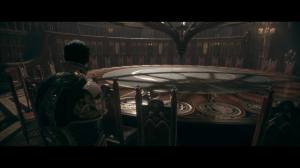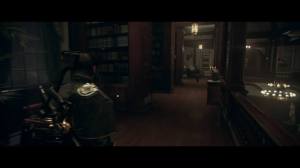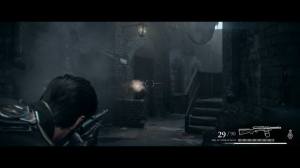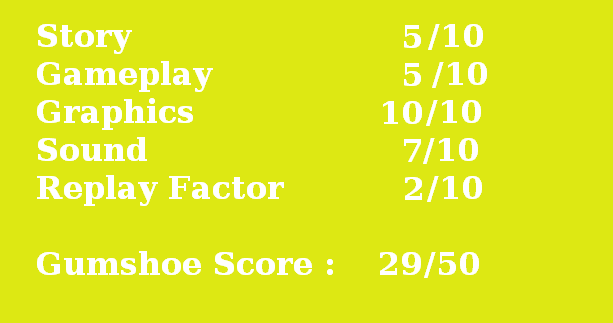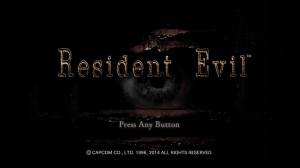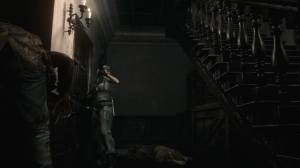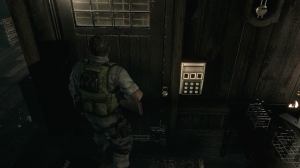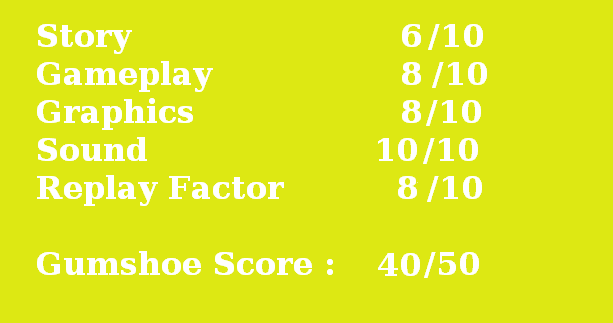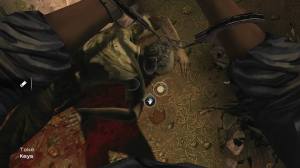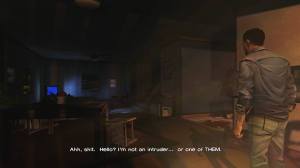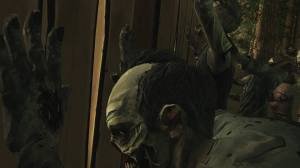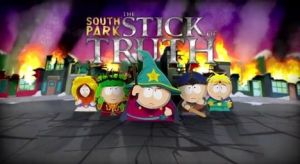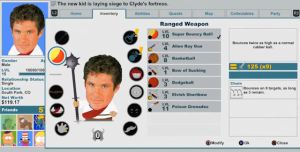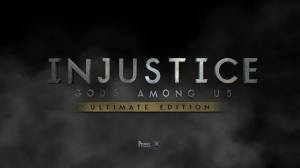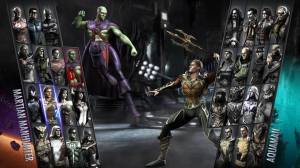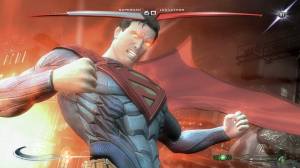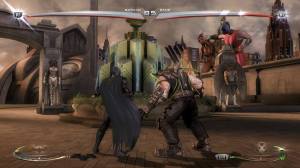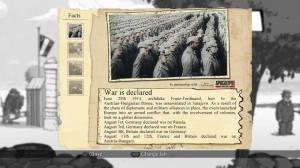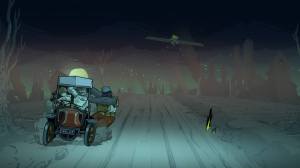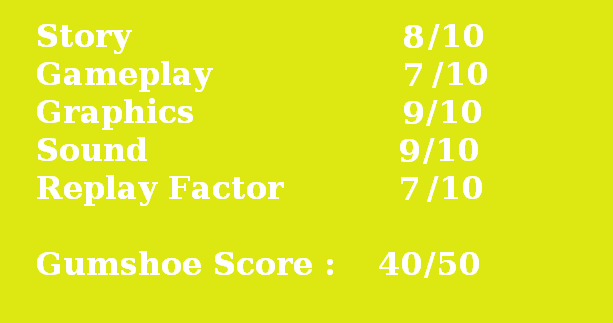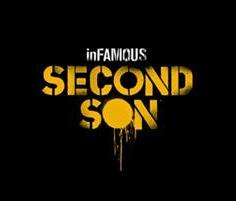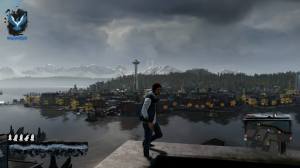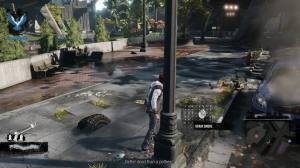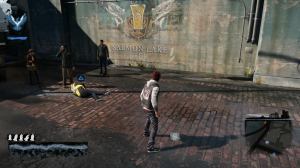The Order : 1886
THE ORDER : 1886
Ah, once in a lifetime comes a game which opens peoples eyes to the possibility of what gaming is truly capable of as a medium. A game that turns heads, causes deep philosophical quandaries that make the player question the very meaning of life. Makes them ponder the metaphysical universe and re-evaluate every precept they hold dear.
The Order : 1886 is not that game. In fact, it’s pretty much the opposite. In a sound-byte, The Order is a technical demo released a year too late with more issues than What Car magazine.
Rumblings about The Order first emerged at E3 2013, setting tongues wagging everywhere. A new, vibrant universe set in an alternate Victorian Britain, in which an order of ancient knights battle demons in a conflict that has raged for centuries. The vision was grandiose, people were hyped and the truth is, between the trailers and the playable demonstrations at video game expos, the hype was justified. However, as is the common trend in gaming these days, the hype train got derailed spectacularly. The Order becomes another name in an ever increasing list of titles that simply cannot live up to their promise. The pre-order industry has a lot to answer for, and it’s no surprise that zero-hype indie games are delivering unique, enjoyable and cheaper experiences more and more often than their big budget cousins.
Pre Order : 1886 is not without it’s good points by any stretch. As a demonstration of what the PS4 is capable of, it’s great; the visuals are nothing short of exemplary. The Order contains some of the best graphics in video games I’ve ever seen. There is a certain fluidity to everything, the physics of the engine act realistically with impressive dynamic lighting, faultless texturing of environments and near-perfect character models that run the gambit between the pleasant and the grotesque. There’s no technical faults in The Order. Glitches? Zero. Pop-in graphical flubs? Zero. Game-breaking bugs? Zero. It’s a technical marvel and it’s narrative, though short (we’ll come to that later) is self contained, cinematic and benefits greatly from the developer’s harrying of immersion breaking faults.
There is a level of world crafting present in The Order that deserves a ton of credit. The breathtaking vistas of merry old London are only matched by the lovingly detailed character outfits and weaponry. Whenever Sir Galahad receives a new weapon, there is a moment when he, or rather you, is/are allowed to lovingly gaze upon the weapon model… for what seems to be too long. This is probably one of the first things that raised my suspicions about The Order. It was all a bit… pretentious. The game, for the first time, ceased to be a game and all of a sudden became a forced model-viewer. Other games offer this viewer as a feature but The Order foists it upon the player every time you find a new item. It becomes very grating.
There is also a lot of walking. Walking here, walking there, examining things in a room. 60% of The Order is walking around, perhaps more. I began to suspect the reason was to slow the player down so he is forced to examine the environment’s graphical splendour. The game is beautiful, hands-down but after a while, it’s like, we get it.
Once I got the thought in my head that this game was a tech demo, the game lost it’s charm irreversibly. The game play that was once varied, with sleuthing, shooting, sneaking and quick-time events, knife-fights and the very Dead Space-esque Lycan battles became hollow and irritating. The reason for this variety was simply to show off the PS4’s capabilities. It was all down hill from there.
There are many other things wrong with The Order. There are very little combat sequences, compared to the walking sequences- even then, the choice of weaponry you carry becomes redundant from one battle to the next. If you’re lenient enough to forgive the blatant demonstrative nature of the game and try to enjoy The Order as a video game with a story, the experience is incredibly short and unsatisfying. The story is paper thin, not fleshed out, with boring characters and major plot points left unfinished before the credits roll. The controls are strange and unintuitive. Weapons are only active during combat sequences, which sign-posts any area that you are actually in any danger, completely removing any element of surprise or suspense.
The game treats player death as an accident, and forgivingly revives you at the very start of the encounter, meaning that dying is no big deal at all. The “Normal Mode” is basically easy mode, and the hard mode is equally unchallenging. The paths through the levels are as linear as they come. There aren’t any truly likeable characters in the game, aside from Sir Galahad, and that’s a stretch. At least twice in the game the player is shown FLACCID PENISES. The right analogue stick can’t keep up with the ‘roadie run’ function. The list goes on and on and on.
There are some nice things about The Order. The graphics, the music, the script and voice acting. The lock-picking is crunchy and pleasant. The one-on-one knife fights are something different that put me in mind of Leon Vs Krauser from Resident Evil 4, which is a good thing.
In the end, The Order : 1886 has a million things wrong with it that sadly outweigh the good points of the game. It’s a shooter that Gears Of War did better 10 years ago. It’s a quick-time event led story that would have the developer’s at Telltale Games in stitches. It’s a story-heavy stealth-em-up that couldn’t wipe the dirt off Metal Gear Solid’s boots.
However, what The Order : 1886 does do is demonstrate the PS4’s capabilities going forward as a console. This is the first game I’ve played that truly felt like a PS4 game, unlike the cross-platform experiences that preceded it. If it’s a sign of things to come, with regards to technical prowess, then fantastic. If it’s a sign of things to come for gaming in general, then God help us all. Worth playing? Perhaps. Worth paying £50 for? Not a chance.
© 2014 James Greenfield

